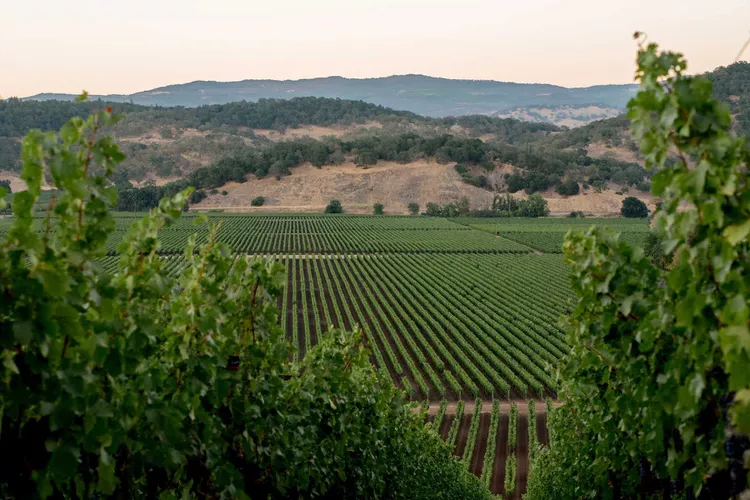Summary
Understanding the Challenges Facing Napa Valley
There are many factors critics write about when discussing the uncertainty of Napa’s future: climate change, sustainability, overtourism, and quality, to name a few. The themes all present themselves as hurdles for the future of wine; however, industry veterans recognize a pattern within them. As they explain, these aren’t new problems.
“History is the great teacher,” says Tor Kenward, vintner and proprietor of Tor Wines. “What does our history tell us about droughts, fires, and potential overdevelopment in an agricultural zone? Many answers to our big questions today are buried in the past.”
Kenward himself has been in the valley for 50 years, thus allowing him to speak to the adaptations he’s made, which have provided a foundation for the next generation. The most important thing is anticipating how these varying themes affect the livelihoods of wine industry workers—from suppliers to farmers, and winemakers to distributors—and responding accordingly.
Climate Change and Wildfires
As of the end of 2021, Cal Fire and U.S. Forest Service reported a combined 2.5 million acres burned, reflecting an alarming trend in wildfire activity in Napa Valley. This has led to a significant focus on addressing these challenges through innovative practices.

“The most pressing things on our minds are the fires, which will require state and federal coordination to properly solve,” says Sabrina Persson, vintner at Stalworth and Hess Persson Estates. Given the scale of the issue, wineries need to invest in their own tools to reduce response times to fire outbreaks.
Persson mentions that Napa County has invested in infrared towers to help detect fire outbreaks, and Safe Napa has established the IQ FireWatch system, which alerts authorities about smoke detection. “If that can be coordinated with improved aerial resources, then we have the ability to catch these fires before they get out of control,” says Persson.
Sustainability Practices in Napa Valley
The farming industry as a whole is struggling to convert to more sustainable methods. French summarizes the paradox: “There’s a delicate balance between maintaining sustainability and quality.” Just like with produce from the grocery store, quality is paramount when it comes to making exceptional wine.

Moreover, standardized by the USDA National Organic Program, transitioning to organic farming is a significant endeavor, as highlighted by Persson, who is converting all of Hess Persson Estates’ vineyards to organic (about 550 planted acres).
Diversity and Engaging New Audiences
Diversity in both grape varieties and education for the next generation is a considerable challenge for today’s winemakers. Beckstoffer has previously noted that the greatest threat to Napa Valley cabernet sauvignons is the misunderstanding by millennials, who often view it as antiquated. This has necessitated innovation in vineyards.
“In the last five to six years, we’ve seen a return toward greater diversity and range of flavors in the wines Napa is producing,” says Persson, which is a positive shift for Napa, celebrating its diverse terroir.
Apart from external initiatives, wineries can empower employees through education and training, which is crucial for the industry’s evolution. French emphasizes that supporting the wineries that align with consumer values can ensure the longevity of Napa Valley wines.
Maintaining Quality in Napa Wines
The adage “quality over quantity” remains paramount for maintaining the integrity of Napa wine. “The Napa brand legacy was built on the highest quality over a long period,” says Beckstoffer. The focus on quality must begin at the farming level and carry through each stage of production.
Although farming costs are high in Napa Valley, maintaining quality through lower vineyard yields is essential. As noted by Persson, there is now a trend among consumers to prioritize quality, which aligns with the investments needed to push for better quality.
“Napa Valley’s future has and will be built on the quality of its wines first and foremost,” Kenward concludes, underscoring the importance of maintaining high standards across the wine industry.





